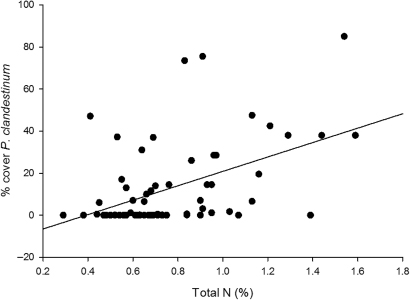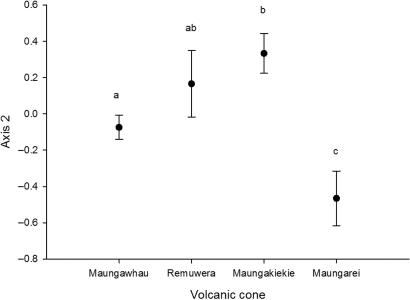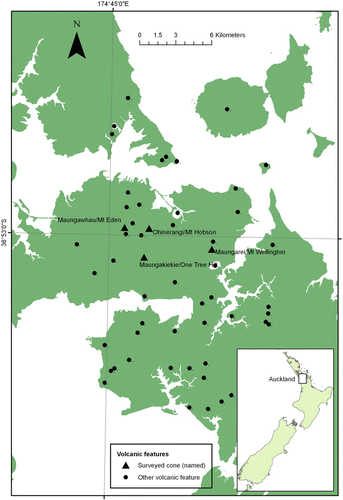Figures & data
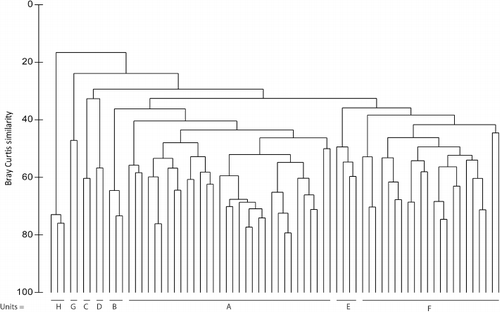
Table 1 Mean % cover scores for dominant species in each of the eight recognized vegetation units (A–H, described in text) on four Auckland volcanic cones: Maungakiekie, Maungawhau, Maungarei and Ohinerangi (means <1% omitted).

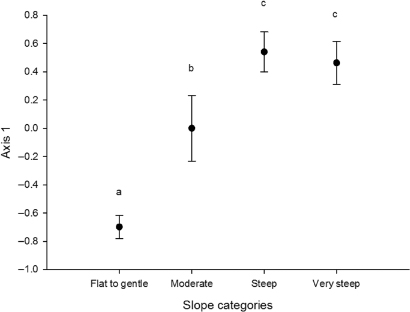
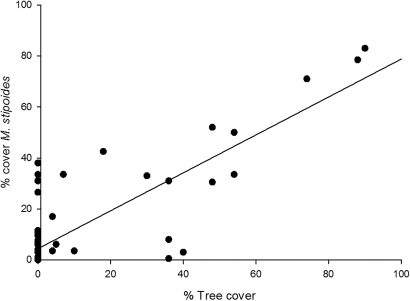
Table 2 Pearson correlation coefficients for environmental variables with first two nMDS ordination axes with significant results.
